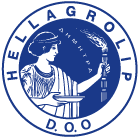- +30 213 003 7600
- +30 213 003 7600
- info@hellagrolip.rs
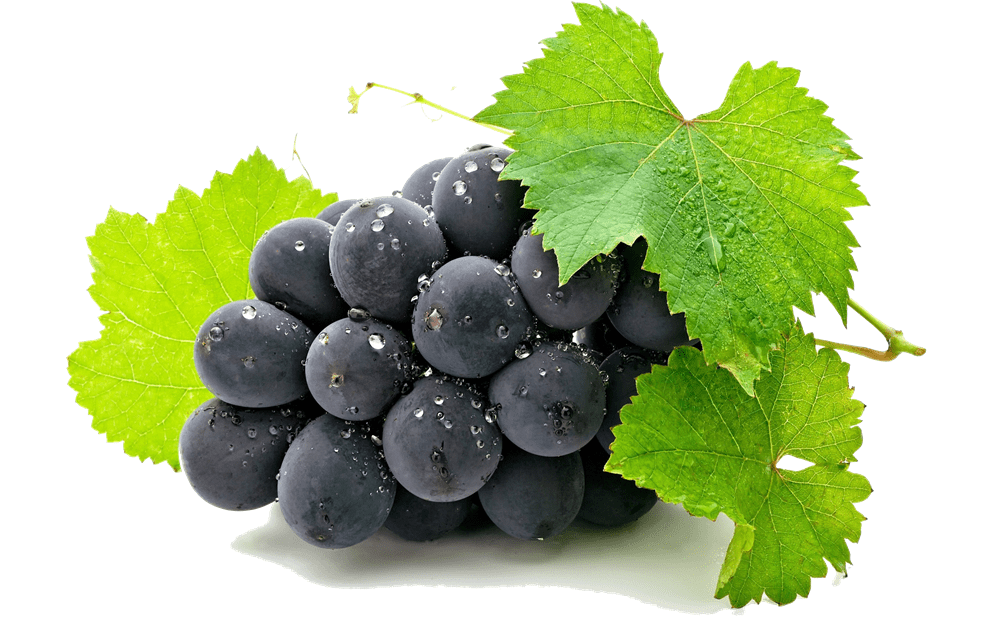
Vines are easily adaptable and they tend to produce satisfactory yields in most types of soil. They favor light to medium texture and well-drained soils, where the conditions are favorable for the root system to grow and the stocks produce grapes and wine of high quality. Table grape varieties produce higher quality yields in the medium texture and fertility, deeper and moist soils of lowland and coastal areas.
Very fertile, loamy, and rich in organic matter soils produce an increased yet delayed and of lower quality yield, while in many cases there is pronounced blossom dropping and reduced fruit setting, due to a competition with the vegetation.
Regarding their chemical characteristics, they favor neutral soils, with a pH of 6.5-7.5, yet can still grow with no particular problems within a greater range (4.5 – 8.5).
The root system of vines is quite extensive and is active from early spring to late autumn – sufficient time to absorb the essential fertilizing elements. Nevertheless, both the removal of nutrients through production and the intensive exploitation of vines make fertilizing an imperative and a necessary condition for the quantitative as well as qualitative improvement of the production.
Therefore, depending on the soil and climate conditions of the region, the type, age and annual load of the vineyard, it is possible to determine the nutritional needs and compile tables from which conclusions can be drawn and general directions for the yearly fertilization of the stocks can be planned.
| Annual nutrient needs in kg/ha. | |||||
|---|---|---|---|---|---|
| Type | (N) | (P2O5) | (K2O) | (CaO) | (MgO) |
| Wine Grape | 70 – 120 | 40 – 60 | 150 – 180 | 100 – 150 | 30 – 50 |
| Raisin Grape | 120 – 170 | 50 – 80 | 200 – 250 | 130 – 180 | 40 – 70 |
| Table Grape | 150 – 220 | 60 – 80 | 200 – 280 | 150 – 200 | 60 – 80 |
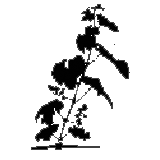
This is a period of time during which the rate of nutrient intake by the roots and the capacity of synthesis of the leaves are not sufficient to cover the increased nutritional requirements of the crop.
At this stage, continued development is based solely on the movement of stored substances from older organs, such as the trunk and roots, and on the adequacy of the nutrients added during the winter with the basic fertilizing of the vineyard.
During the early stages of sprouting, Nitrogen plays a key role in the normal development of the plant. Gradually, as the stocks near flowering, their nutritional requirements increase and extend to other nutrients, such as Phosphorus (Ρ), Potassium (K), and Calcium (Ca). The trace elements of Iron (Fe), Boron (B) and Zinc (Zn) are also very important in this phase, as they actively participate in all metabolic processes from sprouting to fruit setting.

This stage begins immediately after pollination with the formation of the young berry, continues with the rapid increase in size and weight, and is completed with the onset of ripening and the development of color in the colored varieties and shine in the white varieties.
The nutritional condition of stocks during this period significantly affects the final production, since the consumption rate of nutrients is maximized.
The vine exhibits greater demands in Nitrogen (N) at this stage more than at any other stage of the annual cycle.
Its requirements in Potassium (K) are high and progressively increase as the berries approach the polishing phase, while the requirements in Phosphorus (P) are also high and increasing.
The supply of Nitrogen, Phosphorus and Potassium after fruit setting is indispensable in high yield crops, in grape varieties destined to be dried, and in table varieties intensive vineyards, due to the high load and additional needs created by interventions with plant growth regulators.
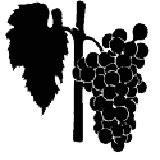
During this stage, the elongation of the shoots stops, the berries more than double their weight, the acids contained are converted into sugars and develop the typical coloring of the variety.
It is the time period when the requirements of vines in Nitrogen (N) rapidly decrease, while the requirements in Potassium (K) significantly increase, resulting in the development of symptoms of temporary deficiencies in years of overproduction, due to the movement of large amounts of Potassium (K) from the leaves to the berries, and its participation in the synthesis of stored substances.
In irrigated vineyards, where the aim is high concentration of sugars, and in high load table varieties, the potassic fertilizing should be a standard cultivation technique at this stage in order to achieve high yields and a quality production.
The objective of basic fertilization is to meet the increased needs in nutrients, both at the early stages of the rapid growth of the shoots and formation of inflorescence, as well as later on, during the period of rapid growth and ripening of the berries.
The quantity and the rate of nutrients provided by basic fertilization are determined by the characteristics of the soil, its type, age and production orientation of the vineyard.
The precise time of fertilizing is determined by the type and characteristics of the soil and by the meteorological data of the area.
Depending on the type and characteristics of the soil, it is recommended either to apply complex multi-nutrient fertilizers with nanopolymer technology (Ωmega fert), which prevent the immobilization of nutrients in the soil and increase their availability in the crop for a long time, or stabilized fertilizers (NutrActive), which allow for basic fertilizing to be done all at once in mid-winter, ensuring adequate rainfall for the movement of P and K in the soil, as well as the protection of nitrogen from leaching.
| Vine fertilizing | ||
|---|---|---|
| Type of Fertilizer | Stage of application | Dosage (kg/ha.) |
|
NutrActive special 12-12-17 (+30) +2MgO +TE NutrActive magni-plus 14-7-14 (+25) +4MgO +0,1Fe +0,1Zn NutrActive triple-S 15-15-15 (+25) Ωmega fert 12-8-17 (+30) +2MgO +2CaO +TE Ωmega fert 14-8-18 (+30) +2MgO +TE Ωmega fert 14-18-14 (+27) Complefert extra 12-10-20 (+28) +2MgO +ΤΕ Complefert CalMag 8-12-18 (+35) +3MgO +3CaO +TE Complefert blue-star 12-12-17 (+30) +2MgO +TE Complefert magni-plus 14-7-14 (+25) +4MgO +0,1Fe +0,1Zn |
Basic fertilization (December – February) |
600 -1200 kg |
* The dosages mentioned are indicative. Regarding the fertilizing of crops, one should take into account the advice of local agronomists.
The dry vineyards for the production of higher quality wines, due to their low load and quality
orientation, do not receive surface fertilization but only foliar applications of Phosphorus and
Trace Elements at the same time as plant protection sprays.
In highly productive irrigated vineyards, surface fertilization is imperative to cover the
increased needs of Nitrogen, Phosphorus and Potassium, so that the vines can cope with the
rapid growth and ripening of the grapes and favor the earliness and quality characteristics of the
production.
It is recommended to use Nitrogen fertilizers (Ωmega 26N & NutrActive) or complex multi-
nutrient fertilizers, such as Complefert, which offer harmonious and prolonged nutrition of the
vine from the growth phase of the berries to the later stages of ripening.
| Vine fertilizing | ||
|---|---|---|
| Type of Fertilizer | Stage of application | Dosage (kg/ha.) |
NutrActive 27N 27-0-0 (+27) | (May-June) Top-dressing fertilization of irrigated vineyards Wine grape & Table & Raisin varieties (June-August) | 200-300 kg |
| Complefert blue-star 12-12-17 (+30) +2MgO +TE Complefert extra 12-10-20 (+20) +2MgO +TE Complefert CalMag 8-12-18 (+35) +3MgO +3CaO +TE | 200-400 kg | |
* The dosages mentioned are indicative. Regarding the fertilizing of crops, one should take into account the advice of local agronomists.
 Lethargy Jan.-Feb. |
 Rapid growth of the berries May-June. |
 Polishing June-July |
|
|---|---|---|---|
| Irrigated table vineyards | NutrActive Ωmega fert Complefert | NutrActive Ωmega 26N Novacan stabil Fertammon special | Complefert |
| Irrigated wine vineyards | NutrActive Ωmega fert Complefert | NutrActive Ωmega 26N Novacan stabil Fertammon special | Complefert |
| Non-irrigated vineyards | NutrActive Ωmega fert Complefert |
Basic fertilizers
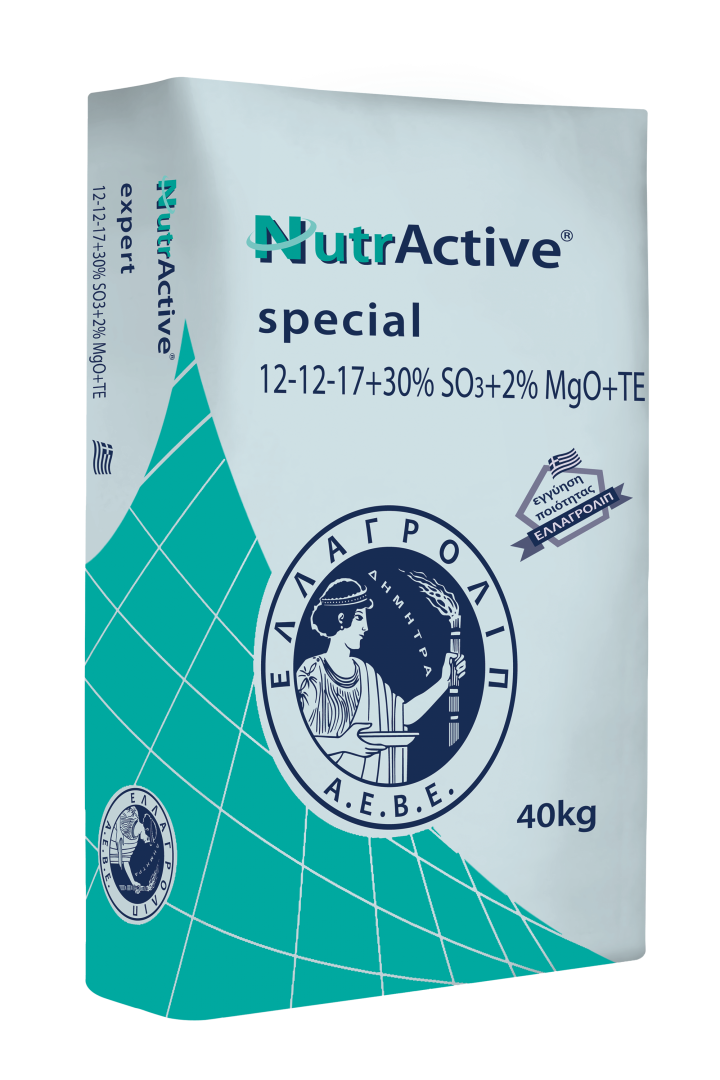
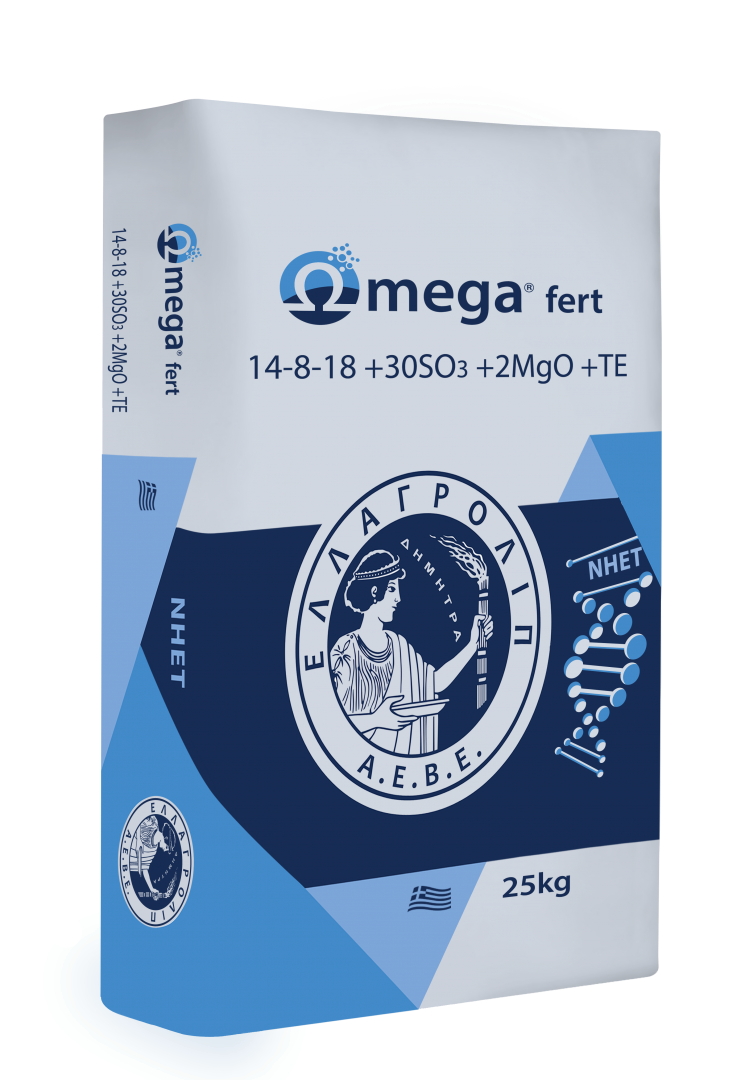
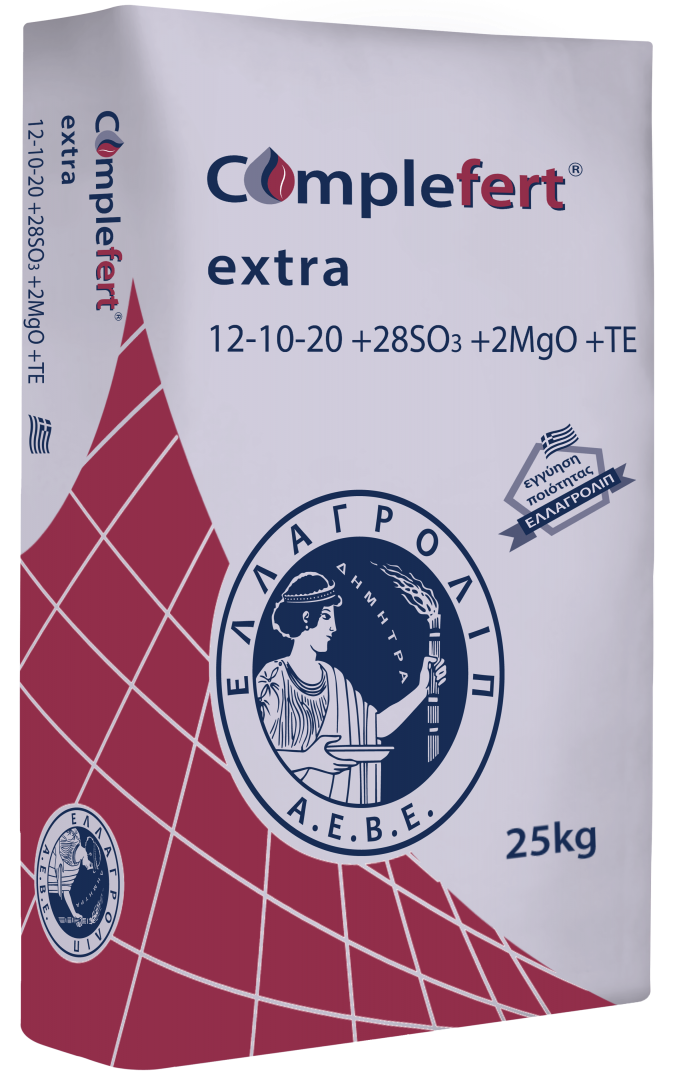
Top-dressing fertilizers
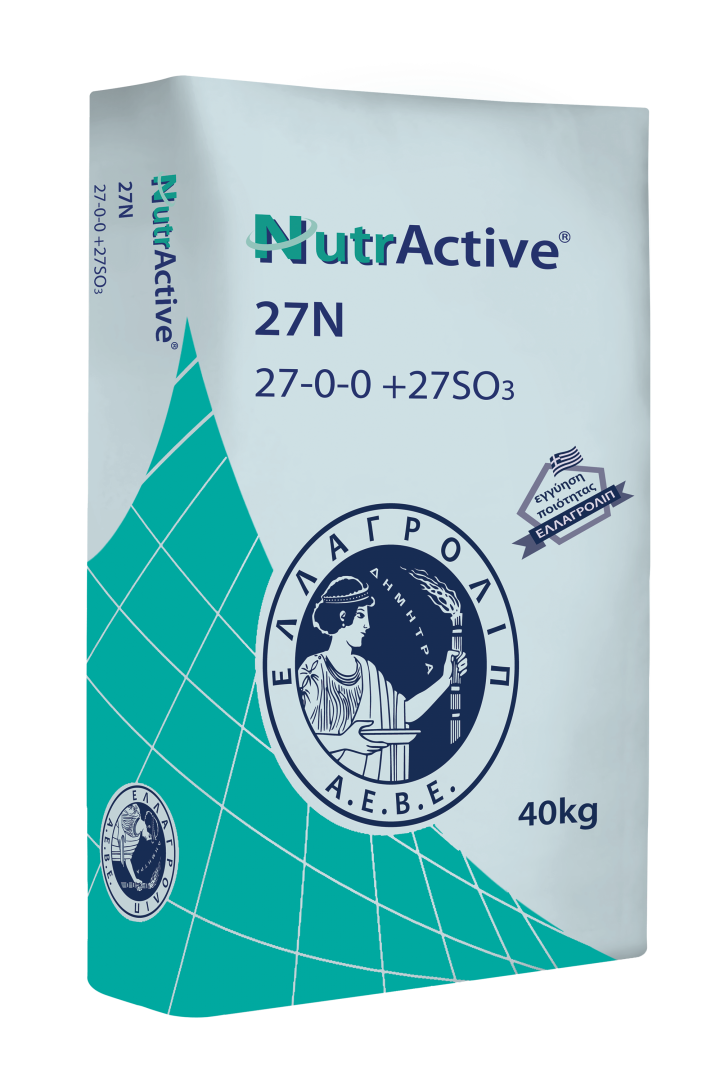
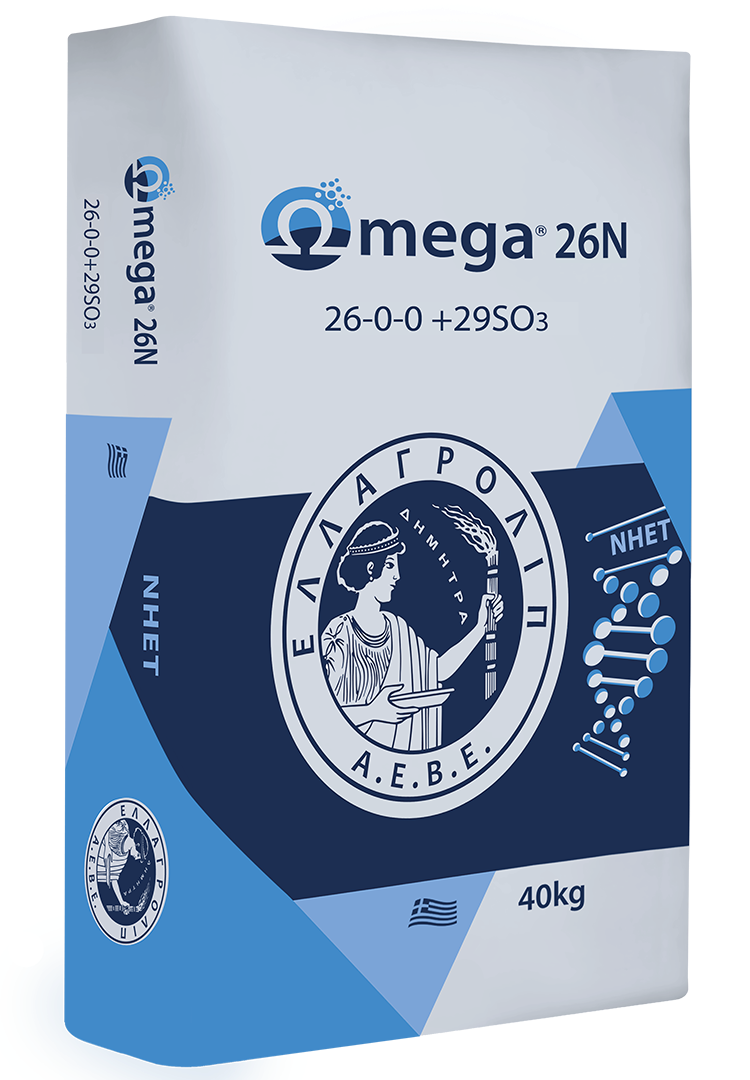
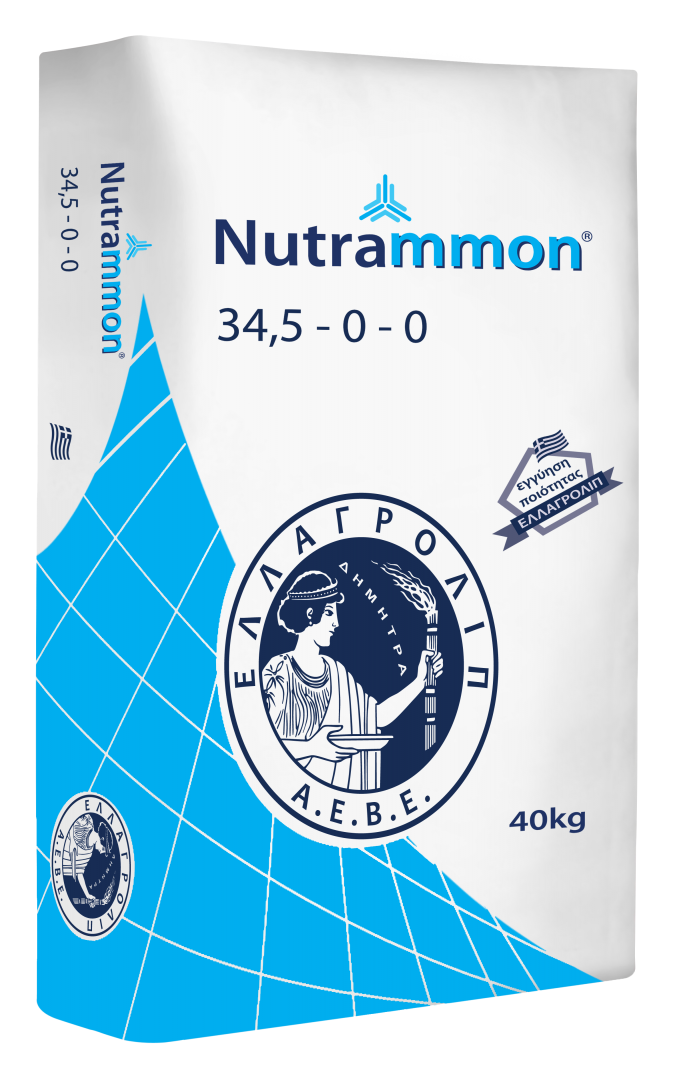
Vines are easily adaptable and they tend to produce satisfactory yields in most types of soil. They favor light to medium texture and well-drained soils, where the conditions are favorable for the root system to grow and the stocks produce grapes and wine of high quality. Table grape varieties produce higher quality yields in the medium texture and fertility, deeper and moist soils of lowland and coastal areas.
Very fertile, loamy, and rich in organic matter soils produce an increased yet delayed and of lower quality yield, while in many cases there is pronounced blossom dropping and reduced fruit setting, due to a competition with the vegetation.
Regarding their chemical characteristics, they favor neutral soils, with a pH of 6.5-7.5, yet can still grow with no particular problems within a greater range (4.5 – 8.5).
The root system of vines is quite extensive and is active from early spring to late autumn – sufficient time to absorb the essential fertilizing elements. Nevertheless, both the removal of nutrients through production and the intensive exploitation of vines make fertilizing an imperative and a necessary condition for the quantitative as well as qualitative improvement of the production.
Therefore, depending on the soil and climate conditions of the region, the type, age and annual load of the vineyard, it is possible to determine the nutritional needs and compile tables from which conclusions can be drawn and general directions for the yearly fertilization of the stocks can be planned.
| Annual nutrient needs in kg/ha. | |||||
|---|---|---|---|---|---|
| Type | (N) | (P2O5) | (K2O) | (CaO) | (MgO) |
| Wine Grape | 70 – 120 | 40 – 60 | 150 – 180 | 100 – 150 | 30 – 50 |
| Raisin Grape | 120 – 170 | 50 – 80 | 200 – 250 | 130 – 180 | 40 – 70 |
| Table Grape | 150 – 220 | 60 – 80 | 200 – 280 | 150 – 200 | 60 – 80 |

This is a period of time during which the rate of nutrient intake by the roots and the capacity of synthesis of the leaves are not sufficient to cover the increased nutritional requirements of the crop.
At this stage, continued development is based solely on the movement of stored substances from older organs, such as the trunk and roots, and on the adequacy of the nutrients added during the winter with the basic fertilizing of the vineyard.
During the early stages of sprouting, Nitrogen plays a key role in the normal development of the plant. Gradually, as the stocks near flowering, their nutritional requirements increase and extend to other nutrients, such as Phosphorus (Ρ), Potassium (K), and Calcium (Ca). The trace elements of Iron (Fe), Boron (B) and Zinc (Zn) are also very important in this phase, as they actively participate in all metabolic processes from sprouting to fruit setting.

This stage begins immediately after pollination with the formation of the young berry, continues with the rapid increase in size and weight, and is completed with the onset of ripening and the development of color in the colored varieties and shine in the white varieties.
The nutritional condition of stocks during this period significantly affects the final production, since the consumption rate of nutrients is maximized.
The vine exhibits greater demands in Nitrogen (N) at this stage more than at any other stage of the annual cycle.
Its requirements in Potassium (K) are high and progressively increase as the berries approach the polishing phase, while the requirements in Phosphorus (P) are also high and increasing.
The supply of Nitrogen, Phosphorus and Potassium after fruit setting is indispensable in high yield crops, in grape varieties destined to be dried, and in table varieties intensive vineyards, due to the high load and additional needs created by interventions with plant growth regulators.

During this stage, the elongation of the shoots stops, the berries more than double their weight, the acids contained are converted into sugars and develop the typical coloring of the variety.
It is the time period when the requirements of vines in Nitrogen (N) rapidly decrease, while the requirements in Potassium (K) significantly increase, resulting in the development of symptoms of temporary deficiencies in years of overproduction, due to the movement of large amounts of Potassium (K) from the leaves to the berries, and its participation in the synthesis of stored substances.
In irrigated vineyards, where the aim is high concentration of sugars, and in high load table varieties, the potassic fertilizing should be a standard cultivation technique at this stage in order to achieve high yields and a quality production.
The objective of basic fertilization is to meet the increased needs in nutrients, both at the early stages of the rapid growth of the shoots and formation of inflorescence, as well as later on, during the period of rapid growth and ripening of the berries.
The quantity and the rate of nutrients provided by basic fertilization are determined by the characteristics of the soil, its type, age and production orientation of the vineyard.
The precise time of fertilizing is determined by the type and characteristics of the soil and by the meteorological data of the area.
Depending on the type and characteristics of the soil, it is recommended either to apply complex multi-nutrient fertilizers with nanopolymer technology (Ωmega fert), which prevent the immobilization of nutrients in the soil and increase their availability in the crop for a long time, or stabilized fertilizers (NutrActive), which allow for basic fertilizing to be done all at once in mid-winter, ensuring adequate rainfall for the movement of P and K in the soil, as well as the protection of nitrogen from leaching.
| Vine fertilizing | ||
|---|---|---|
| Type of Fertilizer | Stage of application | Dosage (kg/ha.) |
|
NutrActive special 12-12-17 (+30) +2MgO +TE NutrActive magni-plus 14-7-14 (+25) +4MgO +0,1Fe +0,1Zn NutrActive triple-S 15-15-15 (+25) Ωmega fert 12-8-17 (+30) +2MgO +2CaO +TE Ωmega fert 14-8-18 (+30) +2MgO +TE Ωmega fert 14-18-14 (+27) Complefert extra 12-10-20 (+28) +2MgO +ΤΕ Complefert CalMag 8-12-18 (+35) +3MgO +3CaO +TE Complefert blue-star 12-12-17 (+30) +2MgO +TE Complefert magni-plus 14-7-14 (+25) +4MgO +0,1Fe +0,1Zn |
Basic fertilization (December – February) |
600 -1200 kg |
* The dosages mentioned are indicative. Regarding the fertilizing of crops, one should take into account the advice of local agronomists.
The dry vineyards for the production of higher quality wines, due to their low load and quality
orientation, do not receive surface fertilization but only foliar applications of Phosphorus and
Trace Elements at the same time as plant protection sprays.
In highly productive irrigated vineyards, surface fertilization is imperative to cover the
increased needs of Nitrogen, Phosphorus and Potassium, so that the vines can cope with the
rapid growth and ripening of the grapes and favor the earliness and quality characteristics of the
production.
It is recommended to use Nitrogen fertilizers (Ωmega 26N & NutrActive) or complex multi-
nutrient fertilizers, such as Complefert, which offer harmonious and prolonged nutrition of the
vine from the growth phase of the berries to the later stages of ripening.
| Vine fertilizing | ||
|---|---|---|
| Type of Fertilizer | Stage of application | Dosage (kg/ha.) |
NutrActive 27N 27-0-0 (+27) | (May-June) Top-dressing fertilization of irrigated vineyards Wine grape & Table & Raisin varieties (June-August) | 200-300 kg |
| Complefert blue-star 12-12-17 (+30) +2MgO +TE Complefert extra 12-10-20 (+20) +2MgO +TE Complefert CalMag 8-12-18 (+35) +3MgO +3CaO +TE | 200-400 kg | |
* The dosages mentioned are indicative. Regarding the fertilizing of crops, one should take into account the advice of local agronomists.
 Lethargy Jan.-Feb. |  Rapid growth of the berries May-June. |  Polishing June-July | |
|---|---|---|---|
| Irrigated table vineyards | NutrActive Ωmega fert Complefert | NutrActive Ωmega 26N Novacan stabil Fertammon special | Complefert |
| Irrigated wine vineyards | NutrActive Ωmega fert Complefert | NutrActive Ωmega 26N Novacan stabil Fertammon special | Complefert |
| Non-irrigated vineyards | NutrActive Ωmega fert Complefert |
Basic fertilizers



Top-dressing fertilizers



